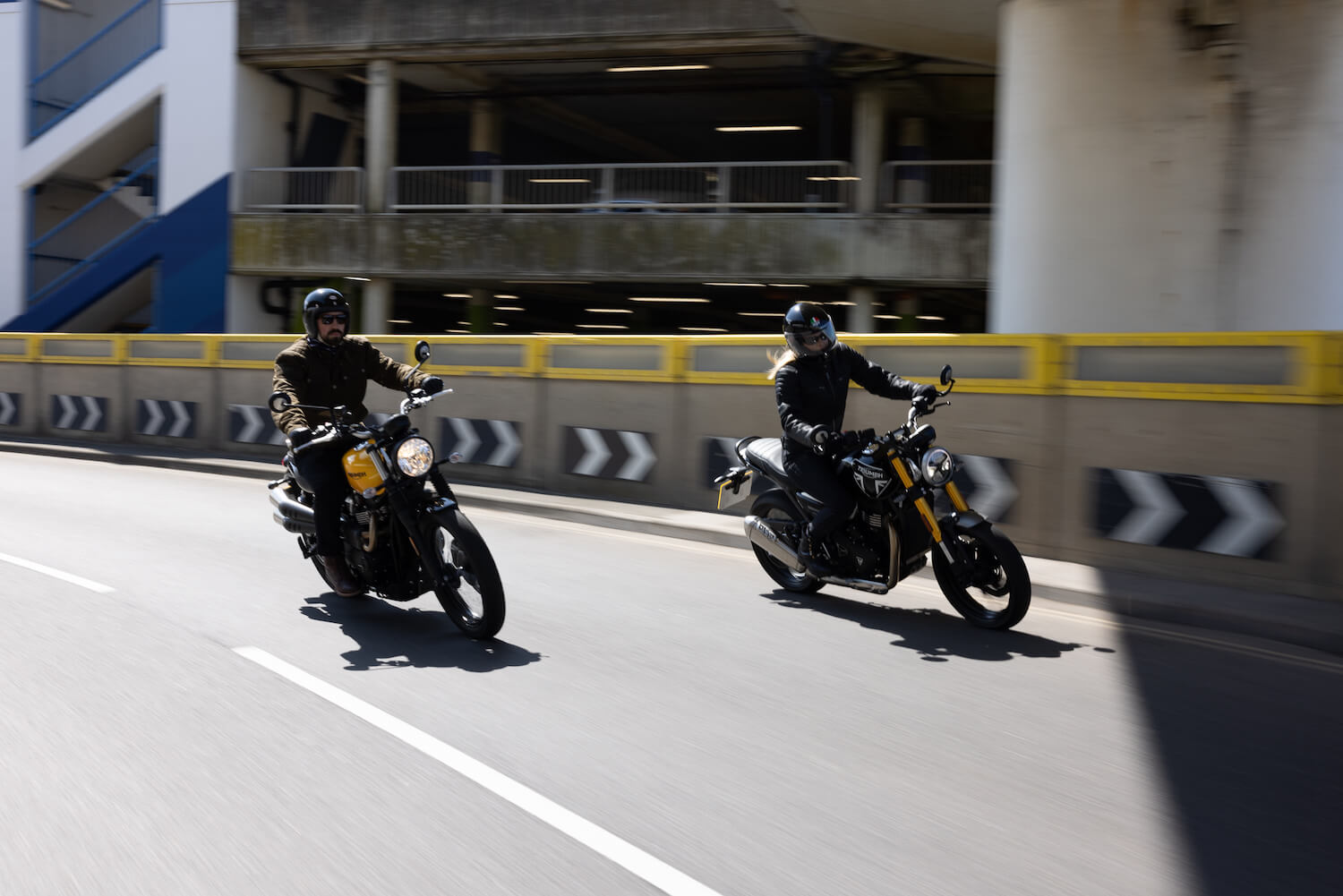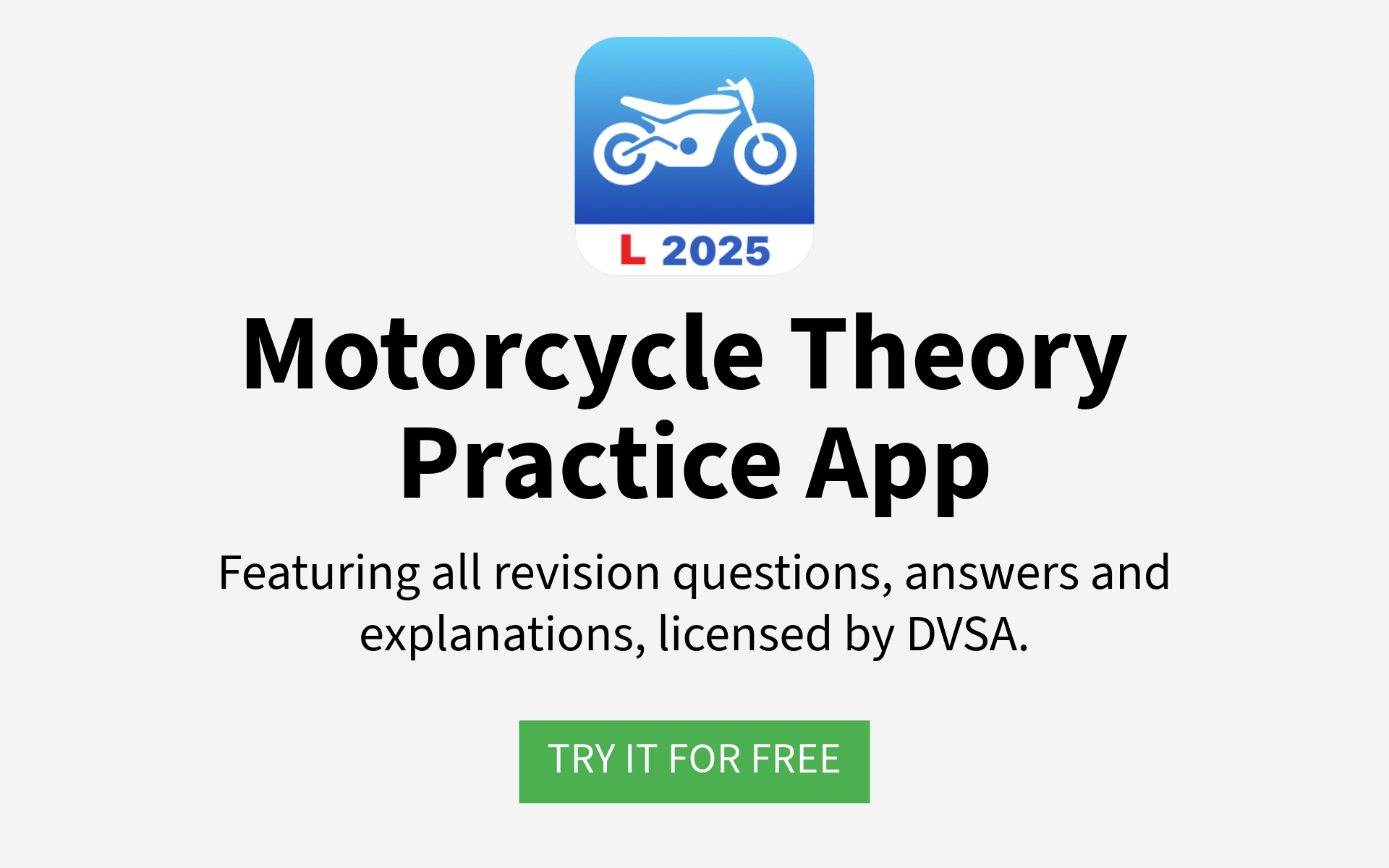back to the blog
Taking Your Motorcycle Theory Test: A Complete Guide

James B · January 08, 2025
What is the Motorcycle Theory Test?
The motorcycle theory test is a mandatory step for anyone in the UK seeking a motorcycle licence. It assesses your understanding of road safety, traffic signs, and riding regulations, ensuring you’re equipped to handle the challenges of motorcycling. The test has two parts:
- Multiple-Choice Questions: 50 questions on road signs, rules, and riding scenarios.
- Hazard Perception Test: 14 video clips where you identify developing hazards on the road.
To pass, you need to score at least 43 out of 50 in the multiple-choice section and 44 out of 75 in hazard perception.
Who Needs To Take a Motorcycle Theory Test?
You don’t need to take a theory test if you just want to ride on a CBT, but the theory test is mandatory for riders who want to progress to a higher licence. This includes getting your A1, A2 or getting a full, unrestricted licence. Even if you have a full driving licence, you’ll need to pass your motorcycle theory if you want to gain a motorcycle licence.
You’ll need to be at least 16 years old to book your theory test, and have either a provisional or full UK driving licence.
Remember, you can’t take your motorcycle practical tests (AKA Module 1 and Module 2) without having a valid motorcycle theory certificate. So, it's a good idea to get the theory test done before diving into any further training, post-CBT.
How to Book Your Motorcycle Theory Test
Booking your motorcycle theory test is straightforward. Follow these steps:
- Prepare Your Documents: You’ll need your UK driving licence number and a valid email address.
- Visit the Official Website: Go to the DVSA’s official booking page.
- Select Your Test: Choose “motorcycle” as the category.
- Choose a Test Centre: Pick a location convenient for you.
- Pay the Fee: The test costs £23, payable online via card.
Required Documents on Test Day
- Your provisional or full UK driving licence.
- Your test confirmation email (printed or digital).

The Multiple Choice Test
You’ll take both the multiple-choice test and the hazard perception test on the same day, so it’s a good idea to split your practice efforts evenly between the two.
The multiple-choice part has 50 questions, and you’ll need to get at least 43 right within 57 minutes to pass. If you’re unsure about any questions, don’t stress—you can ‘flag’ them and come back to them later if you have time left.
Once you’ve finished the multiple-choice section, you’ll get a quick 3-minute break before jumping into the hazard perception test.
Just a heads-up: the DVSA won’t tell you exactly which questions you got wrong, only the general categories they fell under.
The Hazard Perception Test
Before starting the hazard perception part of your test, you’ll watch a short instructional video explaining how it works. Once that’s done, you’ll be shown 14 short video clips on a computer screen, each lasting about a minute. There’s no sound in the clips, so you’ll need to focus entirely on what you see.
The clips will feature everyday road scenarios, and your task is to spot 'developing hazards'—situations where you or other road users may need to react. At least one hazard will appear in every clip, and one clip will have two hazards.
Types of Hazards to Look Out For:
- Pedestrians or cyclists crossing the road.
- Vehicles emerging from side roads, parking spaces, or driveways.
- Large vehicles moving into your lane or over to your side of the road.
- Oncoming vehicles on narrow roads or where obstructions make the road tighter.
- Animals that might wander onto the road.
As you spot a developing hazard, click the mouse. The earlier you react, the more points you’ll earn, with a maximum of 5 points per hazard. But, don’t overdo it—excessive or random clicking will score you zero for that clip.
When you click, a red flag will appear at the bottom of the screen to confirm your click has been registered. These flags will disappear at the end of each clip, so don’t worry if they seem to pile up.
To pass the hazard perception test, you’ll need to score at least 44 out of 75 points. Your score depends on how quickly you identify hazards as they develop.

How to Practice For The Motorcycle Theory Test
There are plenty of resources to help you practice for the motorcycle theory test, covering everything from books to online quizzes and games.
For the multiple-choice section, focus on key areas like The Highway Code, traffic signs, road markings, and everyday driving scenarios. Be sure to check out the specific section on rules for motorcyclists. Using the official DVSA revision questions on your computer is one of the best ways to prepare. These practice tests mirror the format of the actual exam, helping you understand the types of questions and answers you might get. If you’re more of an app person, there are plenty of those too, including the Official DVSA Theory Test Kit, and other motorcycle-specific apps.
As for the hazard perception test, video practice is key. There are tons of clips online that replicate real-life scenarios, helping you spot potential hazards on your test day.
Top tips for the hazard perception test:
- Don’t hesitate to click whenever you notice a potential hazard involving another road user—anything that might make someone slow down, change direction, or alter their position.
- Keep watching the hazard as it develops and click again to ensure you score within the time frame.
- Remember, not every potential hazard will materialise. For example, if a cyclist pulls over and stops, it won’t count as a developing hazard, so no marks are given.
By combining multiple-choice practice with hazard perception videos and tips, you’ll be well-prepared to tackle both parts of the test!
Done your motorcycle theory and looking to get a higher licence? Book your A Licence training with us.
FAQs
How long is the motorcycle theory test?
The multiple-choice section lasts 57 minutes, while the hazard perception test takes around 20 minutes.
Can I retake the test if I fail?
Yes, but you must wait at least three working days to rebook.
Do I need to pass the theory test to take my CBT?
No, but you must pass the theory test before attempting your Module 1 and Module 2 practical tests.
Is the theory test the same for motorcycles and cars?
No, the motorcycle test includes questions and scenarios specific to motorbike riding.
How much is the Motorcycle Theory Test?
The Motorcycle and moped theory test is £23, regardless of if it’s booked for a weekday or weekend.





